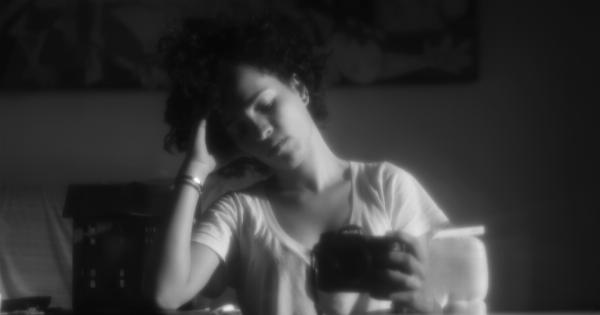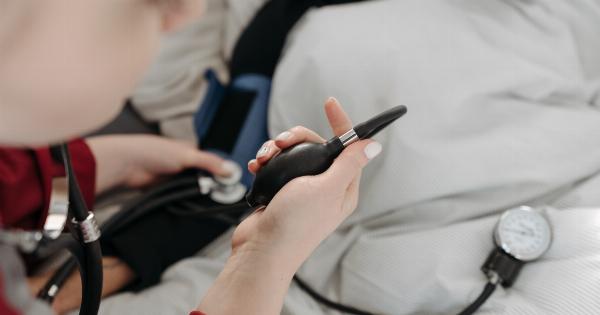Headaches in children can be a cause for concern and confusion for parents. While it is common for children to experience occasional headaches, it is important to understand what is normal and what may indicate a more serious underlying condition.
This article will explore the different types of headaches in children, their causes, and when it is necessary to seek medical attention.
Types of Headaches in Children
1. Tension headaches: Tension headaches are the most common type of headache in children. They are often described as a constant ache or pressure, usually affecting both sides of the head.
These headaches can be triggered by stress, poor posture, lack of sleep, or eye strain.
2. Migraine headaches: Migraines can occur in children as young as 2 years old. They are typically characterized by a throbbing or pulsating pain on one side of the head.
Children with migraines may also experience sensitivity to light, noise, or smell, along with nausea and vomiting.
3. Cluster headaches: Cluster headaches are relatively rare in children. They cause intense, severe pain on one side of the head, often around the eye.
These headaches occur in clusters, with frequent and regular episodes for a period of time, followed by periods of remission.
4. Sinus headaches: Sinus headaches are usually associated with a sinus infection, allergies, or congestion. Children may experience pain or pressure in the forehead, cheeks, or bridge of the nose.
Other symptoms may include nasal congestion, a runny nose, or fever.
Causes of Headaches in Children
1. Genetics: Some children may be more prone to headaches due to a family history of migraines or other headache disorders.
2. Lifestyle factors: Poor sleep habits, lack of physical activity, dehydration, and skipped meals can all contribute to headaches in children.
3. Stress and emotional factors: Children may experience headaches as a result of stress, anxiety, or other emotional factors. School-related stress, bullying, or family issues can all trigger headaches in susceptible children.
4. Environmental triggers: Certain environmental factors can trigger headaches in children, such as bright lights, loud noises, strong smells, or weather changes.
When to Seek Medical Attention
While most headaches in children are harmless and resolve on their own, there are certain signs and symptoms that warrant medical attention. Parents should seek prompt medical evaluation if their child experiences any of the following:.
1. Severe and sudden headaches: If your child has an abrupt, severe headache that is unlike any they’ve had before, it could be a sign of a serious condition and requires immediate medical attention.
2. Headache after head injury: Any headache following a head injury should be evaluated by a healthcare professional, as it may indicate a concussion or other head trauma.
3.
Headache accompanied by other neurological symptoms: If your child experiences a headache along with symptoms like confusion, difficulty speaking, weakness, or loss of consciousness, it may be indicative of a more serious underlying condition and requires medical attention.
4. Progressively worsening headaches: If your child’s headaches become more frequent, more severe, or are not responding to over-the-counter pain relievers, it is advisable to consult a healthcare professional for further evaluation.
Treatment and Prevention
Treatment for headaches in children depends on the underlying cause and severity of the headache. In most cases, over-the-counter pain relievers such as acetaminophen or ibuprofen can help alleviate symptoms.
It is important to follow the dosage instructions and consult a healthcare professional if the headaches persist.
Preventive measures can also be implemented to reduce the frequency and severity of headaches in children. These include:.
1. Maintaining a healthy lifestyle: Encourage your child to get regular exercise, maintain a balanced diet, and establish good sleep habits. Adequate hydration is also essential.
2. Stress management: Teach your child relaxation techniques and coping strategies to manage stress. Encourage open communication and provide support for any emotional challenges they may face.
3. Identifying triggers: Help your child identify and avoid triggers that may provoke their headaches. This can include avoiding certain foods, minimizing exposure to bright lights or loud noises, and managing environmental factors.
Conclusion
While headaches in children are common, it is important for parents to be vigilant and aware of any signs that may indicate a more serious underlying condition.
By understanding the different types of headaches, their causes, and when to seek medical attention, parents can ensure the well-being and health of their children. Implementing preventive measures and adopting a healthy lifestyle can also help reduce the frequency and severity of headaches in children, promoting their overall well-being and quality of life.



























